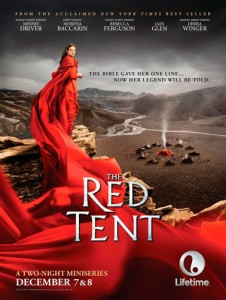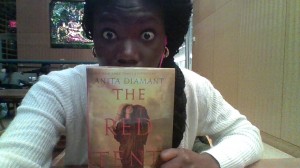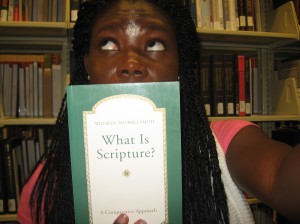There have been many arguments surrounding the issue of women’s ordination across many Christian denominations. Although there has been opposition towards women being ordained as pastors, priests, and ministers, it wasn’t until recently that women are now being considered for these roles. Many have cited the New Testament as a way to argue for and against this issue and the Old Testament has been cited a well.
Seventh – day Adventists Church
1. “So God created man [humankind] in his own image, in the image of God created he him; male and female created he them” (Gen 1:27). Many members of this church have used this verse to argue that the Bible supports the ordination of women. Because this verse doesn’t portray a divine human order, men and women are considered equals. Their argument was that the individuals who are against the ordination of women usually use Genesis 1-3 to create the argument that creation headship over women is the reason why they cannot be ordained.
Judges 4 and 5, Exod 15:20-21, 2 Kgs 22:13-14; 2 Chr 34:22-28) Exod 38:8; 1 Sam 2:22; 2 Kings 8:1-6; Ps 68:11; Jer 31:22) All of these verses describe the variety of women who held leadership roles over men as a way of supporting their view on women’s ordination as well. Miriam, Esther, Huldah, Deborah, and other Israelite women are used as examples of women who had high priestly positions.
http://spectrummagazine.org/node/2305
The Women’s Ordination Conference (WOC)
This is a group of Catholic women who believe that women should be ordained as priests, deacons and bishops into the Roman Catholic Church.
Humankind was created as God’s reflection: in the divine image God created them, female and male, God made them.” — Genesis 1:27
They also used Genesis 1:27 as a way to argue how the Bible supports their view. Because God created man and woman in His image, both genders can be priests.
http://www.womensordination.org/resources/top-ten-reasons-to-ordain-women/
The Catholic Church
When it comes to the ordination of women, they haven’t always been supportive of the issue. They use biblical verses in the New Testament to back up their arguments.
1 Tim. 2:11–14: 11 A woman should learn in quietness and full submission. 12 I do not permit a woman to teach or to assume authority over a man;she must be quiet. 13 For Adam was formed first, then Eve. 14 And Adam was not the one deceived; it was the woman who was deceived and became a sinner.
1 Cor. 14:34–38: 4 Women should remain silent in the churches. They are not allowed to speak, but must be in submission, as the law says. 35 If they want to inquire about something, they should ask their own husbands at home; for it is disgraceful for a woman to speak in the church.36 Or did the word of God originate with you? Or are you the only people it has reached?37 If anyone thinks they are a prophet or otherwise gifted by the Spirit, let them acknowledge that what I am writing to you is the Lord’s command. 38 But if anyone ignores this, they will themselves be ignored.[c]
Because the two verses forbade women to engage in two important functions of clergy, teaching or having authority over man and questioning or challenging clergy in public , it was concluded that this prohibited them from being clergy members.
http://www.catholic.com/tracts/women-and-the-priesthood


